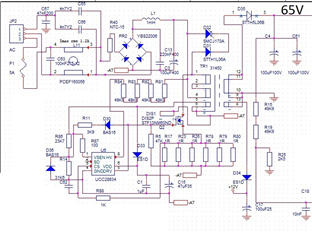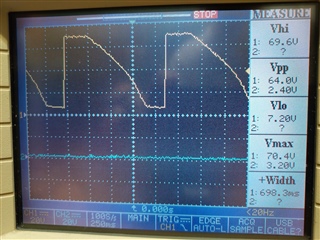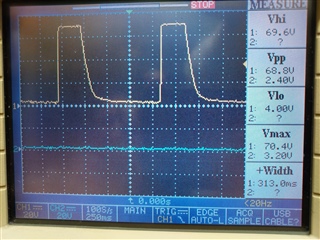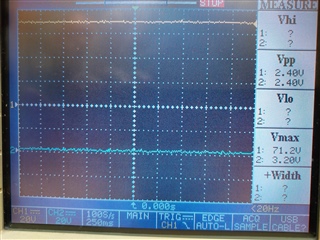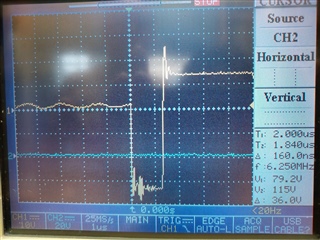Other Parts Discussed in Thread: UCC28634, UCC28631
Dear Sirs.
We have designed a flyback conveter using the UCC28633 with a defined output of 65V following the recomendations from corresponding technical notes.
But we are having problems controlling very light loads. By now, our unique solution has been to add a minimal consumption so we can guarantee the voltage output.
However according to datasheet (chapter 8.3.21 ) the component should be able to regulate in this low power situation.
After adding minimal power consumption of 10W it works perfectly, and it avoids the overvoltage alarm at the output.
Anyone could give us some advice for this desing?
Thank you for your help



